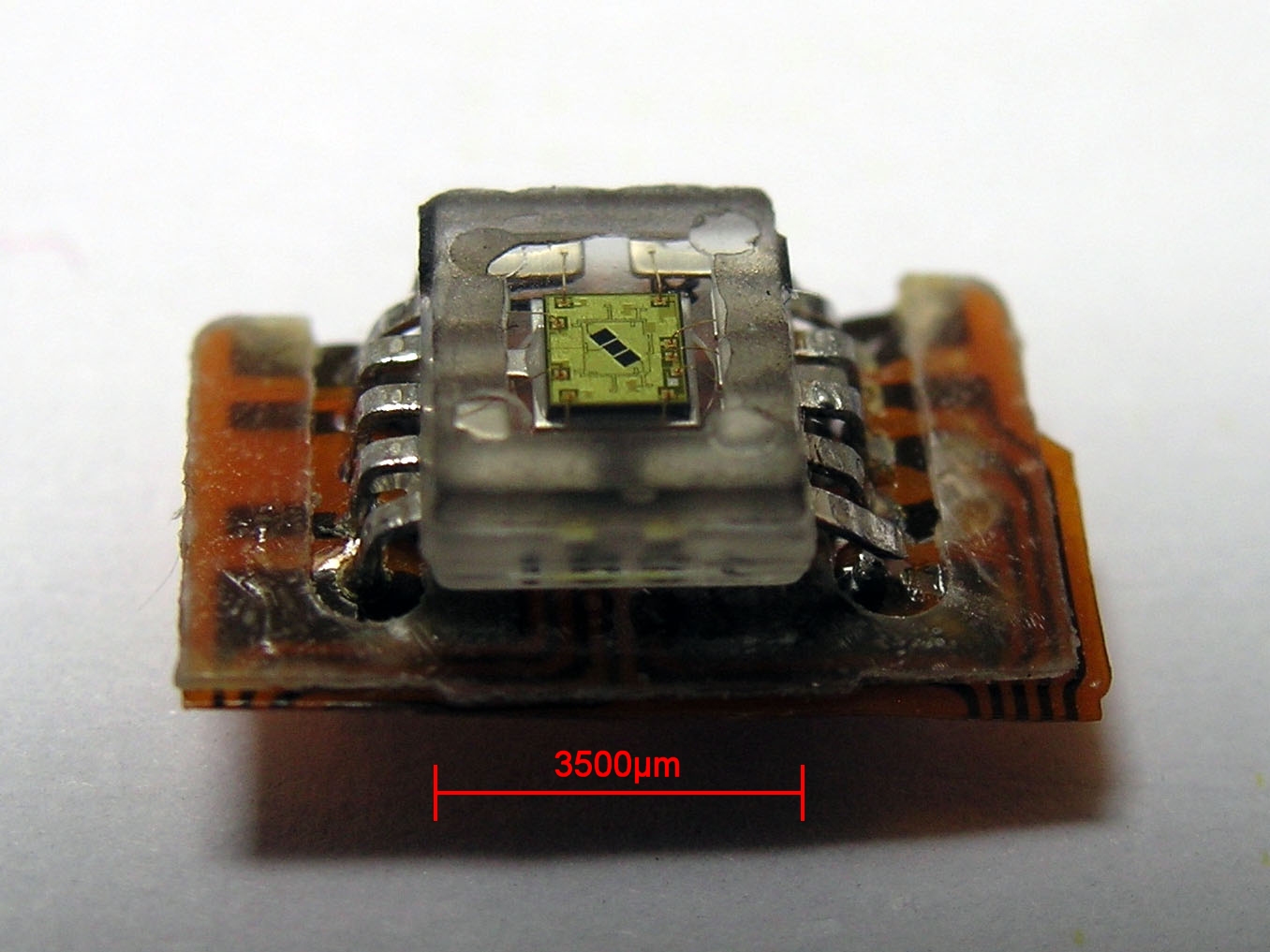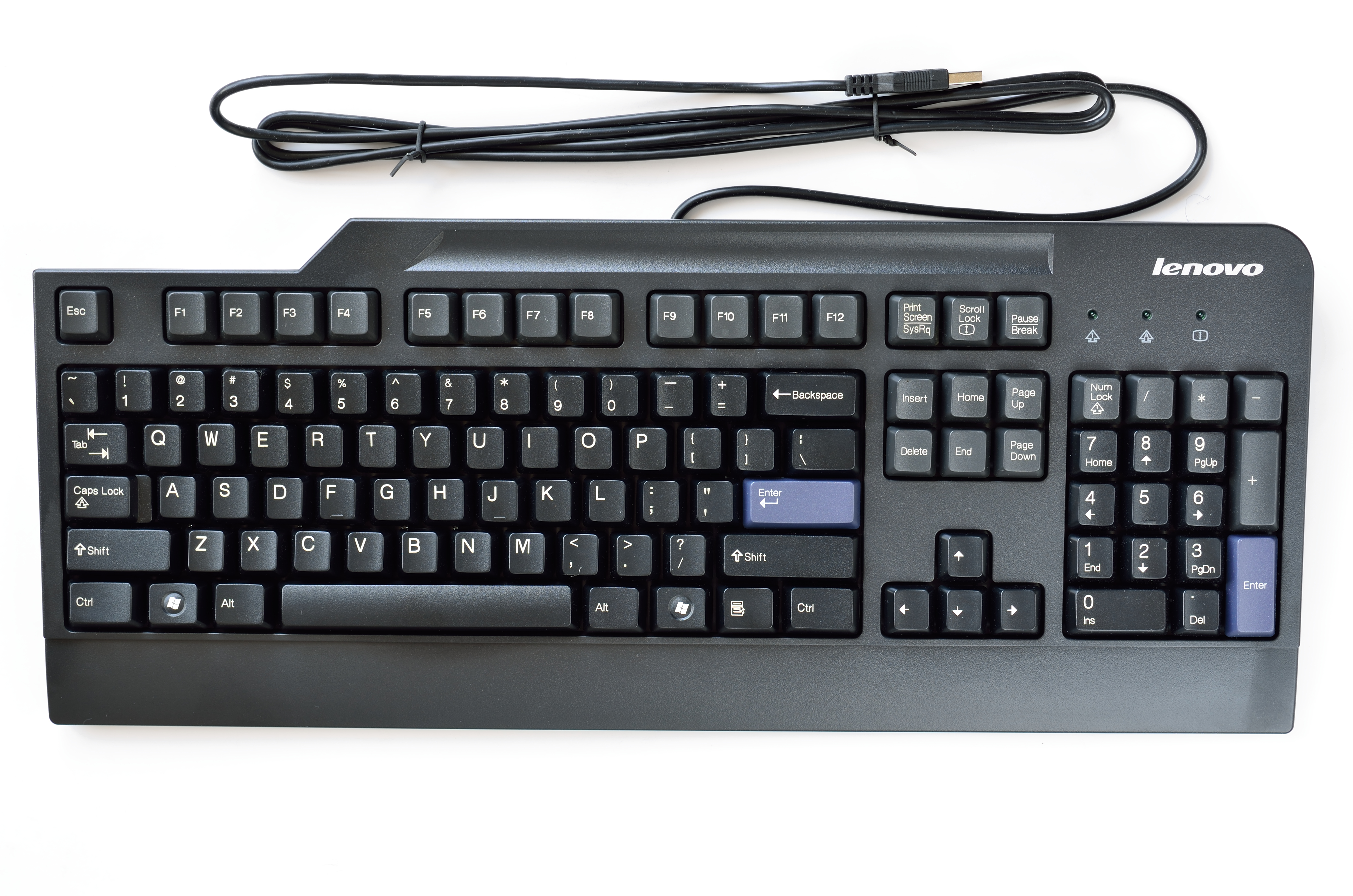|
Nokia N900
The Nokia N900 is a smartphone made by Nokia, launched at Nokia World on 2 September 2009 and released in November. Superseding the Nokia N810, the N900's default operating system, Maemo 5, is a Linux-based OS originally developed for the Nokia 770 Internet Tablet. It is the first Nokia device based upon the Texas Instruments OMAP#OMAP 3, Texas Instruments OMAP3 microprocessor with the ARM Cortex-A8 core. Unlike the three Nokia Internet tablets preceding it, the Nokia N900 is the first Maemo device to include Cellular network, telephony functionality (quad-band GSM and 3G UMTS/HSDPA). The N900 functions as a mobile Internet device, and includes email, web browsing and access to online services, a 5-megapixel digital camera for still or video photography, a portable media player for music and video, calculator, games console and word processor, SMS, as well as mobile telephony using either a mobile network or VoIP via Internet (mobile or Wi-Fi). Maemo provides an X terminal, X-te ... [...More Info...] [...Related Items...] OR: [Wikipedia] [Google] [Baidu] |
EMMC
MultiMediaCard, officially abbreviated as MMC, is a memory card standard used for solid-state storage. Unveiled in 1997 by SanDisk and Siemens, MMC is based on a surface-contact low-pin-count serial interface using a single memory stack substrate assembly, and is therefore much smaller than earlier systems based on high-pin-count parallel interfaces using traditional surface-mount assembly such as CompactFlash. Both products were initially introduced using SanDisk NOR-based flash technology. MMC is about the size of a postage stamp: 32 mm × 24 mm × 1.4 mm. MMC originally used a 1- bit serial interface, but newer versions of the specification allow transfers of 4 or 8 bits at a time. MMC can be used in many devices that can use Secure Digital (SD) cards. MMCs may be available in sizes up to 16 gigabytes (GB). They are used in almost every context in which memory cards are used, like cellular phones, digital audio players, digital cameras, and PDA ... [...More Info...] [...Related Items...] OR: [Wikipedia] [Google] [Baidu] |
GSM Frequency Bands
GSM frequency bands or frequency ranges are the cellular frequencies designated by the International Telecommunication Union, ITU for the operation of GSM mobile phones and other mobile devices. Frequency bands GSM frequency usage around the world A dual-band 900/1800 device is required to be compatible with most networks apart from deployments in ITU Region 2. GSM-900, EGSM/EGSM-900 and GSM-1800 GSM-900 and GSM-1800 are used in most parts of the world (ITU-Regions 1 and 3): Africa, Europe, Middle East, Asia (apart from Japan and South Korea where GSM has never been introduced) and Oceania. In common GSM-900 is most widely used. Fewer operators use GSM-1800. Mobile phones on aircraft, Mobile Communication Services on Aircraft (MCA) uses GSM-1800. In some countries GSM-1800 is also referred to as "Digital Cellular System" (DCS). GSM-850 and GSM-1900 GSM-1900 and GSM-850 are used in most of North, South and Central America (ITU-Region 2). In North America, GSM operate ... [...More Info...] [...Related Items...] OR: [Wikipedia] [Google] [Baidu] |
Tessar
The ''Tessar'' is a photographic lens design conceived by the German physicist Dr. Paul Rudolph in 1902 while he worked at the Zeiss optical company and patented by Zeiss in Germany; the lens type is usually known as the Zeiss ''Tessar''. Since its introduction, millions of ''Tessar'' and ''Tessar''-derived lenses have been manufactured by Zeiss and other manufacturers, and are still produced as excellent intermediate aperture lenses. The ''Tessar'' design uses four spherical lens elements in three groups, one positive crown glass element at the front, one negative flint glass element at the center and a negative concave flint glass element cemented with a positive convex crown glass element at the rear. History File:Rudolph US444714A (Protar, 1890).svg, Zeiss ''Protar'' (aka ''Anastigmat''; Rudolph, 1890) File:Taylor US568052A (Cooke Triplet, 1893 Fig 11).svg, Cooke ''Triplet'' ( Taylor, 1893) File:Aldis GB16640-95 (Stigmatic, 1895).svg, Dallmeyer ''Stigmatic'' (Aldis, ... [...More Info...] [...Related Items...] OR: [Wikipedia] [Google] [Baidu] |
Photodetector
Photodetectors, also called photosensors, are devices that detect light or other forms of electromagnetic radiation and convert it into an electrical signal. They are essential in a wide range of applications, from digital imaging and optical communication to scientific research and industrial automation. Photodetectors can be classified by their mechanism of detection, such as the photoelectric effect, photochemical reactions, or thermal effects, or by performance metrics like spectral response. Common types include photodiodes, phototransistors, and photomultiplier tubes, each suited to specific uses. Solar cells, which convert light into electricity, are also a type of photodetector. This article explores the principles behind photodetectors, their various types, applications, and recent advancements in the field. History The development of photodetectors began with the discovery of the photoelectric effect by Heinrich Hertz in 1887, later explained by Albert Einst ... [...More Info...] [...Related Items...] OR: [Wikipedia] [Google] [Baidu] |
Proximity Sensor
A proximity sensor (often simply prox) is a sensor able to detect the presence of nearby objects without any physical contact. A proximity sensor often emits an Electromagnetic field, electromagnetic field or a beam of electromagnetic radiation (infrared, for instance), and looks for changes in the electric field, field or return signal. The object being sensed is often referred to as the proximity sensor's target. Different proximity sensor targets demand different sensors. For example, a capacitive proximity sensor or photoelectric sensor might be suitable for a plastic target; an inductive sensor, inductive proximity sensor always requires a metal target. Proximity sensors can have a high reliability and long functional life because of the absence of mechanical parts and lack of physical contact between the sensor and the sensed object. Proximity sensors are also used in machine vibration monitoring to measure the variation in distance between a shaft and its support beari ... [...More Info...] [...Related Items...] OR: [Wikipedia] [Google] [Baidu] |
Accelerometer
An accelerometer is a device that measures the proper acceleration of an object. Proper acceleration is the acceleration (the rate of change (mathematics), rate of change of velocity) of the object relative to an observer who is in free fall (that is, relative to an inertial frame of reference). Proper acceleration is different from coordinate acceleration, which is acceleration with respect to a given coordinate system, which may or may not be accelerating. For example, an accelerometer at rest on the surface of the Earth will measure an Gravitational acceleration, acceleration due to Earth's gravity straight upwards of about Standard gravity, ''g'' ≈ 9.81 m/s2. By contrast, an accelerometer that is in free fall will measure zero acceleration. Accelerometers have many uses in industry, consumer products, and science. Highly sensitive accelerometers are used in inertial navigation systems for aircraft and missiles. In unmanned aerial vehicles, accelerometers help to stabili ... [...More Info...] [...Related Items...] OR: [Wikipedia] [Google] [Baidu] |
Microphone
A microphone, colloquially called a mic (), or mike, is a transducer that converts sound into an electrical signal. Microphones are used in many applications such as telephones, hearing aids, public address systems for concert halls and public events, motion picture production, live and recorded audio engineering, sound recording, two-way radios, megaphones, and radio and television broadcasting. They are also used in computers and other electronic devices, such as mobile phones, for recording sounds, speech recognition, Voice over IP, VoIP, and other purposes, such as Ultrasonic transducer, ultrasonic sensors or knock sensors. Several types of microphone are used today, which employ different methods to convert the air pressure variations of a sound wave to an electrical signal. The most common are the dynamic microphone, which uses a coil of wire suspended in a magnetic field; the condenser microphone, which uses the vibrating Diaphragm (acoustics), diaphragm as a capacitor ... [...More Info...] [...Related Items...] OR: [Wikipedia] [Google] [Baidu] |
Computer Keyboard
A computer keyboard is a built-in or peripheral input device modeled after the typewriter keyboard which uses an arrangement of buttons or Push-button, keys to act as Mechanical keyboard, mechanical levers or Electronic switching system, electronic switches. Replacing early punched cards and paper tape technology, interaction via teleprinter-style keyboards have been the main input device, input method for computers since the 1970s, supplemented by the computer mouse since the 1980s, and the touchscreen since the 2000s. Keyboard keys (buttons) typically have a set of characters Engraving, engraved or Printing, printed on them, and each press of a key typically corresponds to a single written symbol. However, producing some symbols may require pressing and holding several keys simultaneously or in sequence. While most keys produce character (computing), characters (Letter (alphabet), letters, Numerical digit, numbers or symbols), other keys (such as the escape key) can prompt the ... [...More Info...] [...Related Items...] OR: [Wikipedia] [Google] [Baidu] |
Keyboard Layout
A keyboard layout is any specific physical, visual, or functional arrangement of the keys, legends, or key-meaning associations (respectively) of a computer keyboard, mobile phone, or other computer-controlled typographic keyboard. Standard keyboard layouts vary depending on their intended writing system, language, and use case, and some hobbyists and manufacturers create non-standard layouts to match their individual preferences, or for extended functionality. is the actual positioning of keys on a keyboard. is the arrangement of the legends (labels, markings, engravings) that appear on those keys. is the arrangement of the key-meaning association or keyboard mapping, determined in software, of all the keys of a keyboard; it is this (rather than the legends) that determines the actual response to a key press. Modern computer keyboards are designed to send a scancode to the operating system (OS) when a key is pressed or released. This code reports only the key's row and column ... [...More Info...] [...Related Items...] OR: [Wikipedia] [Google] [Baidu] |
Resistive Touchscreen
A resistive touchscreen is a type of touchscreen, touch-sensitive display that works by detecting pressure applied to the screen. It is composed of two flexible sheets coated with a resistive material and separated by an air gap or microdots. Description and operation There are two different types of metallic layers. The first type is called ''matrix'', in which striped electrodes on substrates such as glass or plastic face each other. The second type is called ''analogue'' which consists of transparent electrodes without any patterning facing each other. As of 2011 analogue offered lowered production costs. When contact is made to the surface of the touchscreen, the two sheets are pressed together. On these two sheets there are horizontal and vertical lines that, when pushed together, register the precise location of the touch. Because the touchscreen senses input from contact with nearly any object (finger, stylus/pen, palm) resistive touchscreens are a type of "passive" tec ... [...More Info...] [...Related Items...] OR: [Wikipedia] [Google] [Baidu] |
TRS Connector
A phone connector is a family of cylindrically-shaped electrical connectors primarily for analog audio signals. Invented in the late 19th century for tele''phone'' switchboards, the phone connector remains in use for interfacing wired audio equipment, such as head''phones'', speakers, micro''phones'', mixing consoles, and electronic musical instruments (e.g. electric guitars, keyboards, and effects units). A ''male'' connector (a plug), is mated into a ''female'' connector (a socket), though other terminology is used. Plugs have 2 to 5 electrical contacts. The tip contact is indented with a groove. The sleeve contact is nearest the (conductive or insulated) handle. Contacts are insulated from each other by a band of non-conductive material. Between the tip and sleeve are 0 to 3 ring contacts. Since phone connectors have many uses, it is common to simply name the connector according to its number of rings: The sleeve is ''usually'' a common ground reference volta ... [...More Info...] [...Related Items...] OR: [Wikipedia] [Google] [Baidu] |






